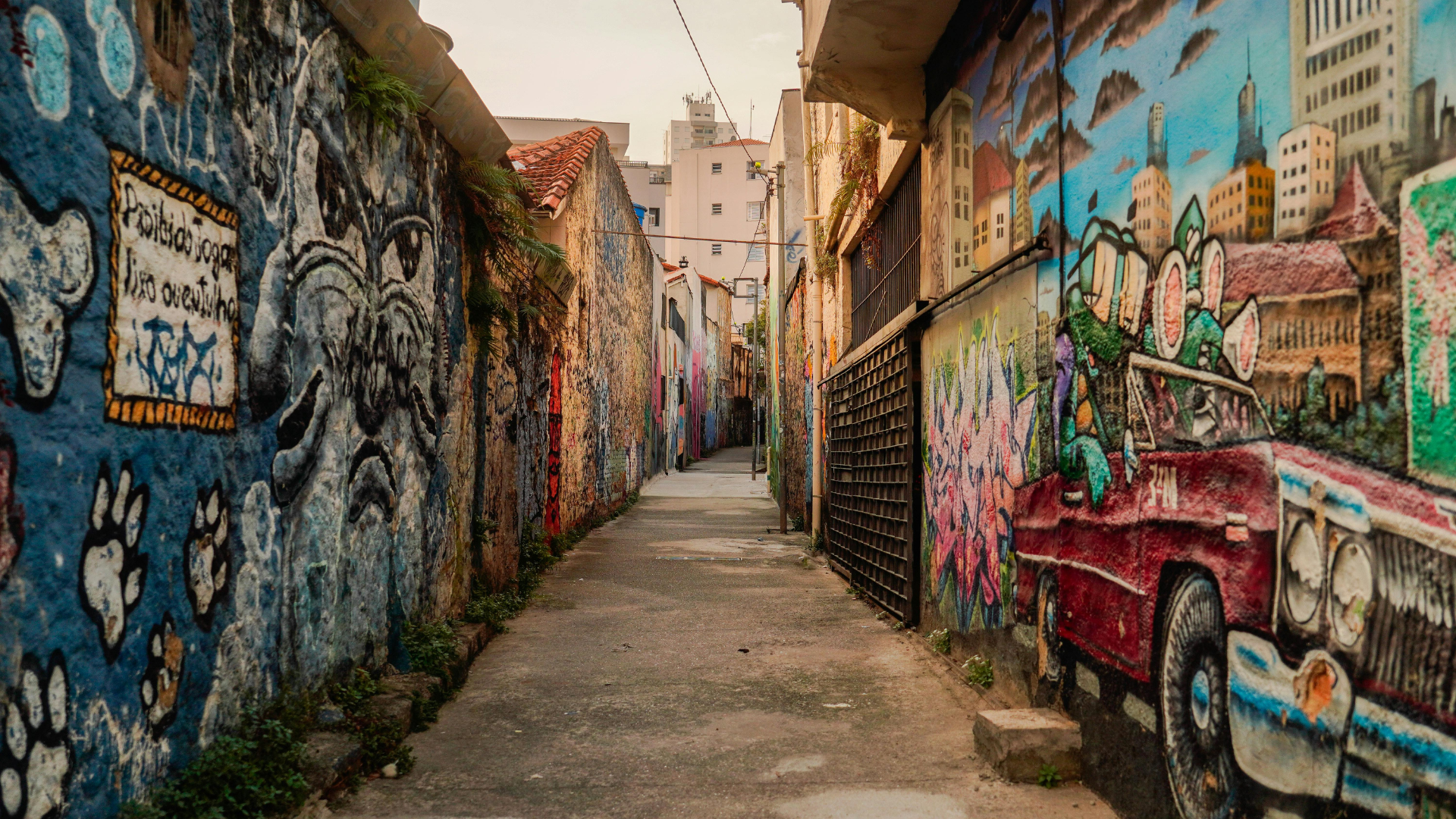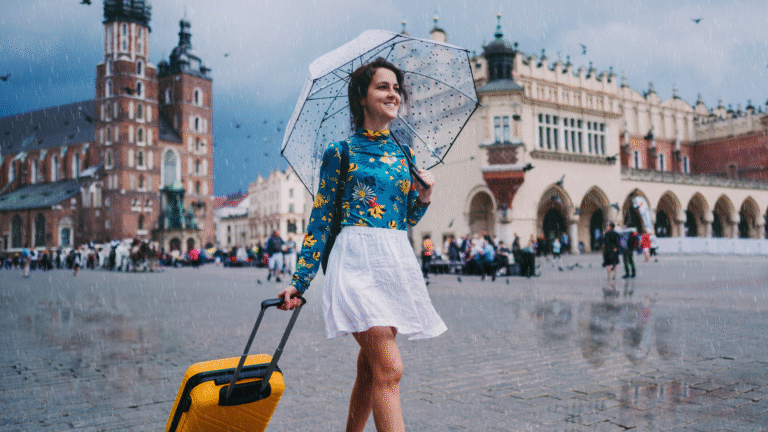Street art serves as a dynamic reflection of a city’s culture, illustrating its history, social issues, and community identity. In many urban environments, murals, graffiti, and street installations provide insight into the collective sentiment of the residents, bridging gaps between diverse groups. By examining street art, one can gain valuable perspectives on the everyday experiences and cultural narratives that shape a city.
The vibrancy of street art often highlights local issues that may otherwise go unnoticed, bringing attention to themes of identity, inequality, and collaboration. Artists transform public spaces into canvases, speaking to passersby and encouraging dialogue about societal challenges and aspirations. The impact of these visual works extends beyond aesthetics; they can inspire change and a sense of belonging in the community.
In addition, street art often evolves with the city around it, reflecting shifts in demographics, trends, and events. As these artworks emerge, they contribute to a city’s identity, fostering pride among residents and offering tourists a glimpse into the soul of the place they are visiting. Engaging with street art reveals much about the cultural landscape and the evolving narrative of urban life.
Street Art’s Importance in Shaping Urban Identity
Street art plays a significant role in defining urban identity, contributing to the visual dialogue within cityscapes. It encapsulates the spirit of communities and reflects cultural narratives through various forms, such as murals and graffiti. The interplay between street art and urban landscapes shapes perceptions of public spaces and heritage.
The Evolution of Street Art and Urban Landscapes
Street art has transformed significantly, evolving from a subcultural movement into a recognized art form. Initially associated with graffiti, it has grown to include various styles and techniques. Artists use public spaces to engage with their communities, often highlighting social and political issues.
As urban landscapes change, street art adapts to reflect new trends and cultural shifts. This evolution contributes to the identity of neighborhoods and can enhance perceptions of safety and vibrancy. Cities that embrace street art often see it as a mark of cultural richness.
Cityscapes as Canvases: Murals, Graffiti, and Stencils
Cityscapes serve as dynamic canvases for street artists. Murals and large-scale installations draw attention, transforming blank walls into vibrant expressions of local culture. They can depict historical events, social issues, or purely aesthetic designs, altering the urban visual experience.
Graffiti and stencils offer different yet complementary contributions. Graffiti, often seen as rebellious, challenges the status quo and invites conversations. Stencil art, characterized by its precision, delivers messages quickly and effectively. Together, these forms enrich urban environments and symbolize community voices.
Cultural Landmarks and Heritage
Street art can also highlight and preserve cultural landmarks and heritage within cities. By incorporating local stories and traditions, artists create works that resonate with residents and visitors alike. They often commemorate historical figures or events, infusing public spaces with a sense of belonging and collective memory.
In many cities, strategically placed street art becomes a point of interest, contributing to cultural tourism. This integration emphasizes the importance of maintaining unique identities within a rapidly globalizing world, where art becomes a vital link to the past.
Interpreting Local Culture and Social Issues Through Street Art
Street art serves as a powerful medium for interpreting local culture and addressing social issues. It encapsulates the voices of marginalized communities, offers social commentary, and fosters community engagement. Each piece of art often reflects the unique identity and challenges of a city.
Social Commentary and Marginalized Voices
Street art frequently provides social commentary that speaks to pressing social issues. Artists often highlight topics like poverty, inequality, and systemic injustice. This art form allows marginalized voices to emerge in public spaces, where traditional media might overlook them.
For instance, murals depicting homelessness or racial inequality serve as visible reminders of urban struggles. By confronting these issues through art, creators can provoke thought and inspire dialogue among viewers. This engagement emphasizes the importance of acknowledging diverse narratives within a city’s cultural landscape.
Empowerment, Participation, and Community Engagement
Street art can empower communities by involving residents in the creation process. Workshops and collaborative projects encourage participation, enhancing community bonds. This inclusivity fosters a sense of ownership and pride among residents, as they see their experiences represented in public art.
Moreover, such initiatives can lead to positive change. When community members collectively create a mural addressing local identity or social issues, it not only beautifies the area but also unites individuals around shared goals. Empowerment through art cultivates resilience and advocacy within communities.
Local History and Cultural Value
Many street art pieces reflect the unique history and cultural value of a locality. By incorporating historical references or local symbols, artists can tell stories that resonate with residents. These elements help in preserving cultural heritage while making it accessible to audiences.
For example, murals illustrating local legends or events can educate viewers about significant milestones. This artistic approach can foster a deeper connection to the city’s roots. Ultimately, street art acts as a living archive that celebrates the evolving narrative of a community.
Creativity, Expression, and the Urban Experience
Street art serves as a vibrant medium for creativity and expression within urban environments. It creates a dialogue between artists and the community, often reflecting the unique character of a city. This section looks into how street art enhances public spaces and fosters positive change.
Artistic and Creative Expression in Public Space
Street art provides artists with a canvas in public spaces, enabling them to express opinions and emotions openly. This art form transcends traditional boundaries, reaching diverse audiences who might not engage with conventional galleries.
Through murals, graffiti, and installations, artists address social issues, share personal stories, or celebrate local culture. Each artwork captures the essence of its location, merging creativity with the urban landscape. Public engagement with these artworks fosters connections among community members. Additionally, street art invites dialogue, encouraging social interaction and critical thinking about urban life.
Installations, Temporary Art, and Positive Change
Temporary art installations play a crucial role in the evolution of urban spaces. These projects can transform mundane areas into dynamic sites of engagement. Events like street festivals often feature temporary artworks, instilling a sense of community pride. Such initiatives encourage local collaboration and offer platforms for diverse artistic voices.
Moreover, these installations can provoke thought and inspire change regarding social issues. By challenging perceptions, they push for a re-evaluation of community needs and values, thus driving positive change in the urban environment. In this way, temporary street art becomes more than just aesthetics; it actively participates in shaping the cultural narrative of a city.
Street Art’s Broader Impact: Economy, Tourism, and Policy
Street art significantly influences cities by enhancing tourism, stimulating economic growth, and shaping public policy. Its presence can transform urban landscapes and drive conversations about culture, community, and identity.
Tourism and Economic Growth
Street art serves as a magnet for tourists, drawing millions each year. Cities like Berlin and Melbourne have become popular destinations because of their vibrant street art scenes. Tourists often seek out specific murals or participate in guided tours, increasing foot traffic and benefiting local businesses.
The economic impact extends beyond direct tourism revenue. Local artists and craftspeople often find opportunities through commissions and related events. Cities may also gain funding from governments or organizations seeking to develop art programs, enhancing the overall economic landscape.
Urban Regeneration, Gentrification, and Urban Blight
Street art has a dual role in urban regeneration and gentrification. While it can reinvigorate neglected neighborhoods, attracting new businesses and residents, it can also trigger rising property values. This often displaces long-time residents who cannot afford increasing rents.
In some cases, street art helps combat urban blight by beautifying areas that frequently suffer from crime and neglect. Murals and installations can transform unattractive locations, fostering community pride. Despite its benefits, it is crucial to navigate the balance between regeneration and the preservation of community identity.
Collaboration, City Council, and Public Policy
Engagement between artists and city councils is essential for the sustainable integration of street art into urban environments. Collaborative initiatives can lead to impactful public art programs, such as mural projects that promote local culture and history.
City councils often implement policies to support street art through regulations that ensure quality and minimize vandalism. Programs can encourage artists to obtain permits, resulting in a more organized and respected art landscape.
Influential Artists and Programs
Prominent street artists like Banksy and Keith Haring have left indelible marks on public spaces, blending art with social commentary. Their work raises awareness of important issues, sparking dialogue among residents and visitors alike.
Programs that feature influential artists can become community touchstones. For instance, mural arts programs in cities often highlight local talent while engaging residents in the creative process. This involvement fosters a sense of ownership and pride, reinforcing the connection between art and community well-being.



